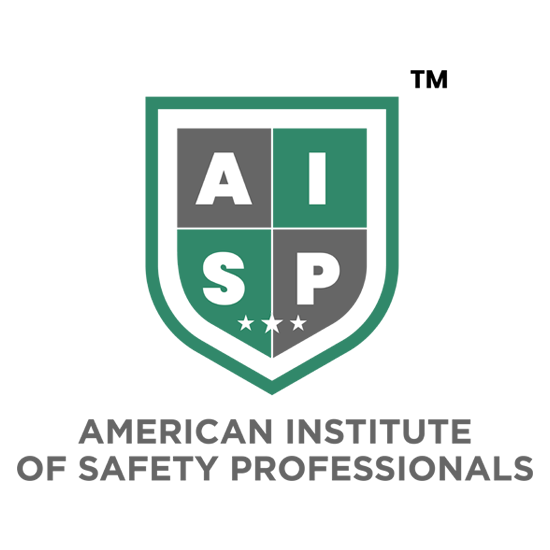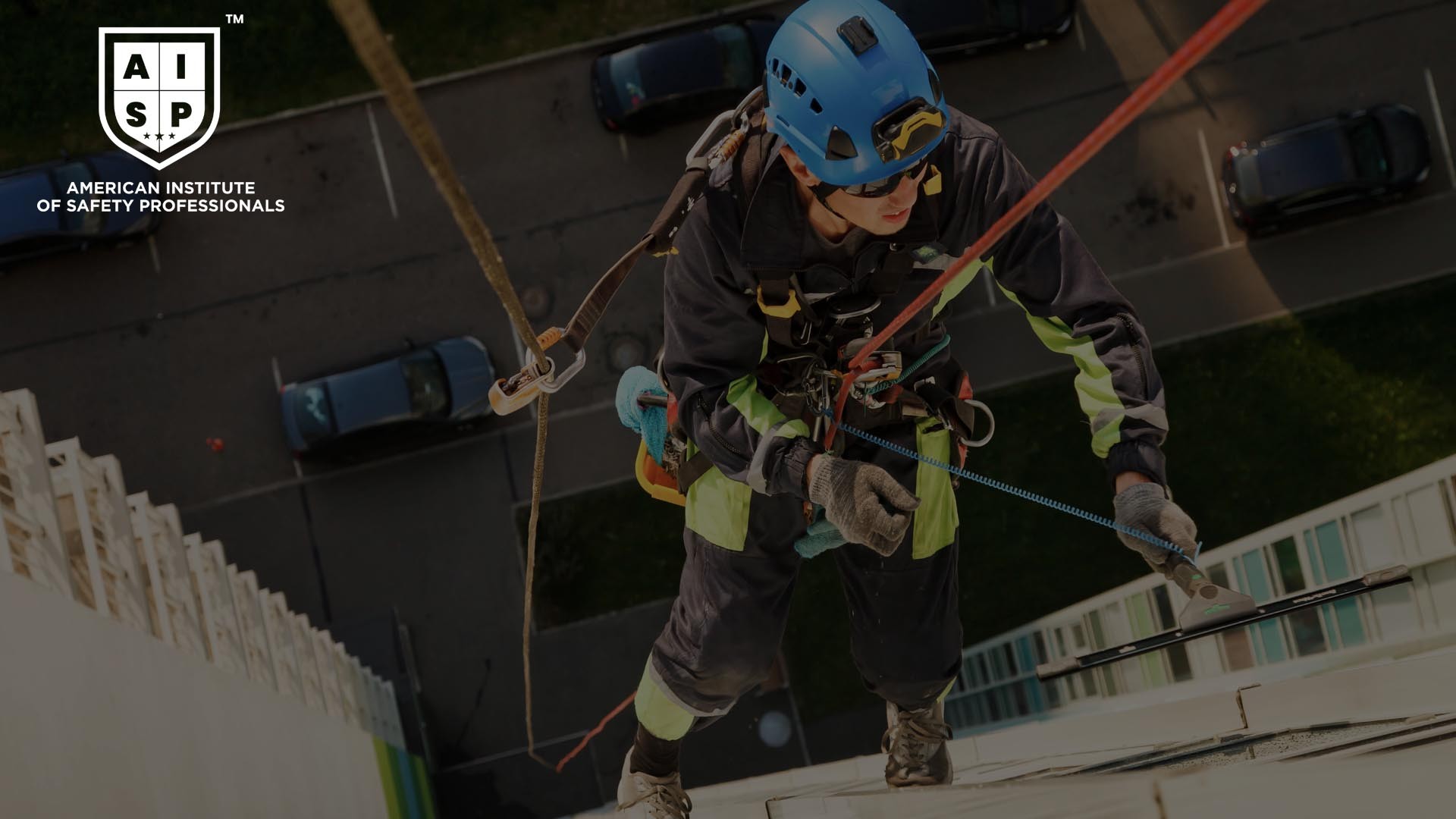Best Practices for Fall Protection Training and Education:
Fall protection is a critical component of workplace safety, particularly in industries like construction, manufacturing, and maintenance, where workers are often required to operate at heights. Ensuring the safety of employees not only protects them from injuries but also helps in maintaining compliance with occupational safety regulations and enhances overall productivity. In this comprehensive guide, we will delve into the best practices for fall protection training and education, providing you with actionable insights to implement a robust fall protection program in your organization.
Understanding the Importance of Fall Protection:
Falls are one of the leading causes of workplace injuries and fatalities. According to the Occupational Safety and Health Administration (OSHA), falls account for a significant percentage of all workplace deaths in the construction industry. This stark statistic underscores the need for effective fall protection measures. Fall protection training is essential to equip workers with the knowledge and skills they need to prevent falls and protect themselves if a fall does occur.
Regulatory Requirements for Fall Protection
Compliance with regulatory standards is the foundation of any effective fall protection program. OSHA has set forth stringent regulations for fall protection, requiring employers to provide training for workers exposed to fall hazards. The key standards include:
29 CFR 1926.503:This regulation mandates that employers must provide a training program for each employee who might be exposed to fall hazards. The training program must enable each employee to recognize the hazards of falling and the procedures to minimize these hazards.
29 CFR 1910 Subpart D:This standard applies to general industry workplaces and includes requirements for walking-working surfaces, fall protection systems, and training.
Understanding and adhering to these regulations is critical for ensuring workplace safety and avoiding costly fines and legal issues.
Developing a Comprehensive Fall Protection Plan
A comprehensive fall protection plan is the cornerstone of effective fall protection training and education. This plan should include a thorough assessment of fall hazards, the selection of appropriate fall protection systems, and detailed procedures for using, inspecting, and maintaining fall protection equipment. Key elements of a fall protection plan include:
Hazard Assessment: Conduct a detailed assessment of the worksite to identify potential fall hazards. This assessment should consider factors such as the height at which work is performed, the stability of working surfaces, and the presence of unprotected edges or openings.
Selection of Fall Protection Systems: Based on the hazard assessment, select appropriate fall protection systems. These may include guardrails, safety nets, personal fall arrest systems (PFAS), and fall restraint systems. The selection should be based on the specific needs of the worksite and the tasks being performed.
Training and Education: Develop a comprehensive training program that covers the use, inspection, and maintenance of fall protection equipment. Training should also include emergency procedures and rescue plans.
Implementing Effective Fall Protection
Training
Effective fall protection training is essential for ensuring that workers understand the risks associated with falls and know how to use fall protection systems correctly. Here are some best practices for implementing effective fall protection training:
Tailor Training to Specific Roles: Different workers may face different fall hazards based on their roles and tasks. Tailor your training program to address the specific needs and risks associated with each role. For example, a training program for construction workers working on scaffolding may differ from that for maintenance workers performing tasks on rooftops.
Hands-On Training: Hands-on training is crucial for helping workers understand how to use fall protection equipment correctly. Provide opportunities for workers to practice using fall protection systems in a controlled environment. This practical experience can significantly enhance their ability to use the equipment safely in real-world situations.
Use Realistic Scenarios: Incorporate realistic scenarios into your training program to help workers understand the potential consequences of falls and the importance of using fall protection systems. This can help to reinforce the seriousness of fall hazards and motivate workers to adhere to safety procedures.
Regular Refresher Training: Fall protection training should not be a one-time event. Regular refresher training is essential to keep workers up to date with the latest safety procedures and to reinforce their knowledge. Schedule regular training sessions and provide additional training whenever there are changes to fall protection systems or procedures.
Selecting and Using Fall Protection Equipment
Selecting the right fall protection equipment and ensuring it is used correctly is a critical aspect of fall protection training. Here are some key considerations for selecting and using fall protection equipment:
Personal Fall Arrest Systems (PFAS): PFAS are commonly used in many industries and consist of a full-body harness, a connecting device (such as a lanyard or self-retracting lifeline), and an anchor point. Ensure that workers are trained on how to properly fit and adjust their harnesses and how to use the connecting devices correctly.
Guardrails and Safety Nets: Guardrails and safety nets are passive fall protection systems that can help to prevent falls. Ensure that workers understand how to install and maintain these systems properly. Training should cover the correct placement of guardrails and the inspection and maintenance of safety nets.
Fall Restraint Systems: Fall restraint systems prevent workers from reaching fall hazards. These systems include body belts and restraint lines. Train workers on the correct use of restraint systems, including how to adjust the restraint lines to prevent them from reaching the edge.
Inspecting and Maintaining Fall Protection Equipment
Regular inspection and maintenance of fall protection equipment are essential to ensure that it remains in good working condition and can provide adequate protection in the event of a fall. Here are some best practices for inspecting and maintaining fall protection equipment:
Daily Inspections: Workers should inspect their fall protection equipment daily before use. This inspection should include checking for signs of wear and tear, damage, and any other issues that could compromise the equipment's effectiveness. Train workers on what to look for during these inspections and how to report any issues.
Periodic Inspections: In addition to daily inspections, conduct periodic inspections of fall protection equipment according to the manufacturer's recommendations. These inspections should be more thorough and may include testing the equipment to ensure that it meets safety standards.
Proper Storage: Proper storage of fall protection equipment is essential to prevent damage and extend its lifespan. Train workers on how to store their equipment correctly, including keeping it clean and dry and storing it in a location where it is protected from physical damage and environmental factors.
Emergency Procedures and Rescue Plans
Even with the best fall protection systems in place, accidents can still happen. It is essential to have emergency procedures and rescue plans in place to respond quickly and effectively in the event of a fall. Here are some best practices for developing emergency procedures and rescue plans:
Develop a Rescue Plan: Develop a detailed rescue plan that outlines the procedures for rescuing a worker who has fallen and is suspended in a fall arrest system. This plan should include the roles and responsibilities of rescuers, the equipment and techniques to be used, and the steps to be taken to provide medical assistance to the fallen worker.
Train Workers on Rescue Procedures: Train all workers on the rescue procedures outlined in the rescue plan. This training should include hands-on practice to ensure that workers are familiar with the rescue equipment and techniques and can perform rescues quickly and safely.
Conduct Rescue Drills: Conduct regular rescue drills to test the effectiveness of the rescue plan and to ensure that workers are prepared to respond to a fall emergency. Use these drills to identify any weaknesses in the rescue plan and to make any necessary improvements.
Promoting a Culture of Safety
Creating a culture of safety within your organization is essential for the success of your fall protection program. Here are some strategies for promoting a culture of safety:
Leadership Commitment: Demonstrate a strong commitment to safety at all levels of the organization. Ensure that leaders and managers prioritize safety and lead by example. This commitment should be reflected in the allocation of resources for fall protection training and equipment and in the enforcement of safety policies and procedures.
Employee Involvement: Involve employees in the development and implementation of the fall protection program. Encourage them to provide input on safety procedures and to report any hazards or safety concerns. This involvement can help to foster a sense of ownership and accountability for safety among employees.
Recognition and Rewards: Recognize and reward employees for their commitment to safety and for following fall protection procedures. This recognition can help to reinforce the importance of safety and to motivate employees to adhere to safety practices.
Leveraging Technology for Fall Protection Training
Advancements in technology have opened up new opportunities for enhancing fall protection training and education. Here are some ways to leverage technology to improve your fall protection training program:
Virtual Reality (VR) Training: VR training provides an immersive and interactive way for workers to learn about fall protection. VR simulations can recreate realistic fall scenarios, allowing workers to practice using fall protection equipment and responding to emergencies in a safe and controlled environment.
Online Training Modules: Online training modules can provide flexible and convenient training options for workers. These modules can cover a wide range of topics, from the basics of fall protection to advanced rescue techniques. Ensure that online training is interactive and engaging to maximize learning retention.
Mobile Apps: Mobile apps can provide workers with easy access to fall protection training materials and resources. These apps can include features such as instructional videos, checklists, and inspection guides, making it easier for workers to access information on the go.
Continuous Improvement and Evaluation
Continuous improvement is essential for maintaining the effectiveness of your fall protection program. Here are some strategies for continuous improvement and evaluation:
Monitor and Review: Regularly monitor and review the effectiveness of your fall protection program. This review should include an assessment of training effectiveness, incident reports, and feedback from workers. Use this information to identify areas for improvement and to make any necessary adjustments to the program.
Stay Updated on Regulations and Best Practices: Stay informed about the latest regulations and best practices for fall protection. This information can help you to ensure that your fall protection program remains compliant with regulatory requirements and incorporates the most effective safety measures.
Encourage Feedback: Encourage workers to provide feedback on the fall protection program. This feedback can provide valuable insights into the program's strengths and weaknesses and can help to identify opportunities for improvement.
Conclusion
Effective fall protection training and education are critical components of workplace safety. By implementing a comprehensive fall protection plan, providing hands-on training, selecting and maintaining the right equipment, developing emergency procedures, promoting a culture of safety, leveraging technology, and continuously evaluating and improving your program, you can significantly reduce the risk of falls and protect your workers from injury. Remember, the safety of your employees is not just a regulatory requirement; it is a moral obligation. Investing in fall protection training and education is an investment in the well-being of your workforce and the success of your organization.






0 comments
No Comments